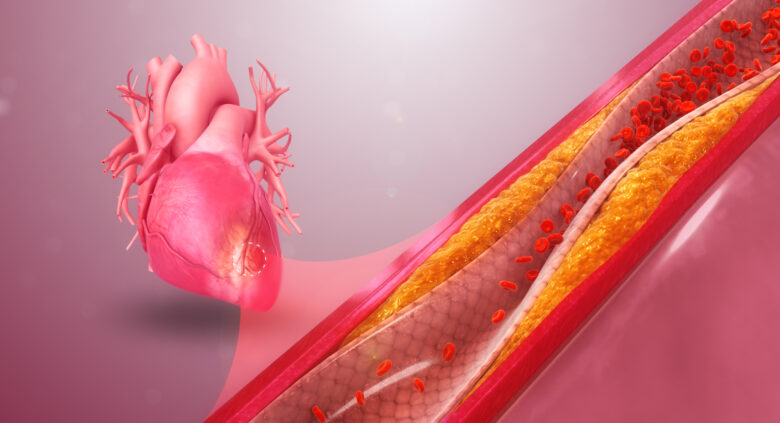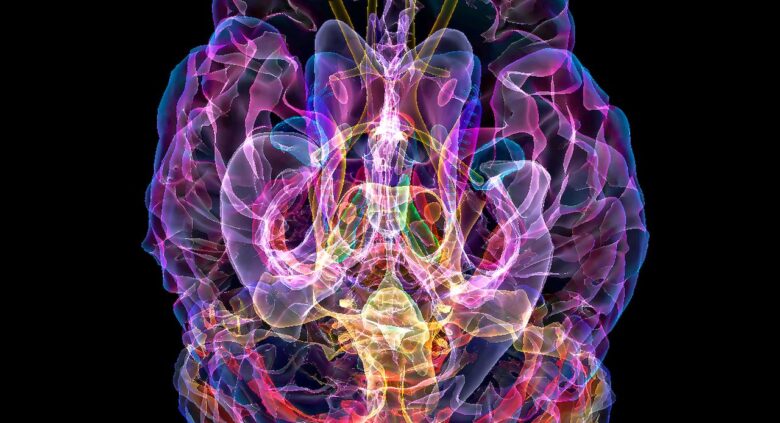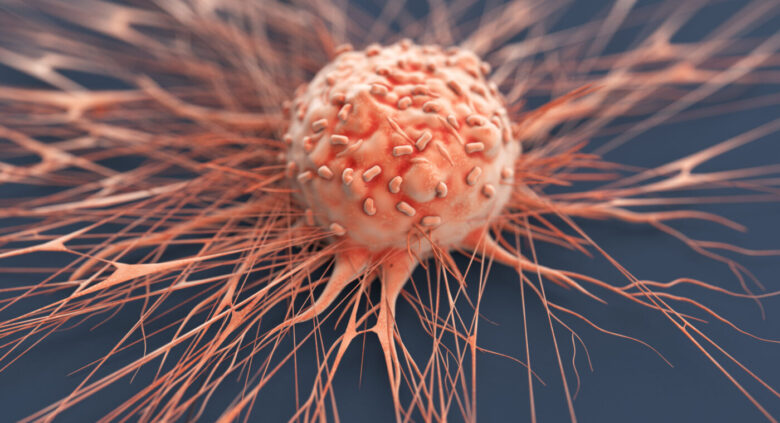“Breathing Easy: Understanding Asthma and Its Symptoms”
A person with asthma has a condition in which their airways become constricted and swollen, and they may also generate an increased amount of mucus. This can make it difficult to breathe and may cause coughing, a whistling sound (wheezing), and shortness of breath when you exhale.
Who can develop asthma?
Asthma can strike anyone at any age. Asthma is more prone to occur in those who have allergies or are exposed to cigarette smoke. This includes being exposed to second-hand smoke, which occurs while another person is smoking, as well as thirdhand smoke (exposure to clothing or surfaces in places where some has smoked).
What causes Asthma?
The exact cause of asthma is unknown, but it is believed to be a combination of genetic and environmental factors. Some of the known risk factors include:
Knowing the warning signs & symptoms of an Asthma Attack
People who have asthma typically exhibit clear symptoms. Many respiratory illnesses have symptoms and indications similar to these ones:
Diagnostic tests for Asthma
Diagnosing asthma can be challenging because its symptoms can be similar to those of other respiratory conditions. However, there are several diagnostic tests and evaluations that a doctor may use to diagnose asthma, including:
Exploring the treatment options of Asthma
The treatment of asthma is tailored to each individual and may include a combination of the following:
Medications: There are several types of medications used to treat asthma, including bronchodilators (which open up the airways), corticosteroids (which reduce inflammation), and leukotriene modifiers (which prevent the production of substances that can trigger an asthma attack).
Allergen avoidance: Identifying and avoiding triggers can help prevent asthma symptoms.
Immunotherapy (allergy shots): This type of treatment can help reduce the severity of asthma symptoms by gradually exposing you to small amounts of allergens.
Oxygen therapy: This treatment is used for people with severe asthma who have low levels of oxygen in their blood.
Surgery: In some cases, surgery may be needed to correct structural problems in the airways.
Action plan for asthma: Together with you, your healthcare professional will create an action plan for asthma. You can utilise your medications according to the plan provided below. Additionally, it advises you when to seek emergency medical attention based on your asthma symptoms.
Conclusion
Altor Hospital has a comprehensive asthma treatment plan typically involves a team of healthcare professionals, including pulmonologists, allergists, and nurses, who work together to help patients manage their asthma symptoms and achieve good asthma control. This may include medications, lifestyle changes, and a written asthma action plan to help patients respond quickly and effectively in case of an asthma attack. The goal of treatment is to prevent asthma symptoms, reduce the frequency and severity of attacks, and improve overall quality of life for people with asthma.
Who can develop asthma?
Asthma can strike anyone at any age. Asthma is more prone to occur in those who have allergies or are exposed to cigarette smoke. This includes being exposed to second-hand smoke, which occurs while another person is smoking, as well as thirdhand smoke (exposure to clothing or surfaces in places where some has smoked).
What causes Asthma?
The exact cause of asthma is unknown, but it is believed to be a combination of genetic and environmental factors. Some of the known risk factors include:
- Family history of asthma or allergies
- Exposure to air pollution or tobacco smoke
- Respiratory infections during childhood
- Allergic sensitization to substances such as pollen, dust mites, pet dander, and mould
- Obesity
- Stress and anxiety
- Occupational exposure to irritants such as chemicals or fumes
- Poor air quality
- Lack of physical activity
- Certain medications, such as aspirin and nonsteroidal anti-inflammatory drugs (NSAIDs).
Knowing the warning signs & symptoms of an Asthma Attack
People who have asthma typically exhibit clear symptoms. Many respiratory illnesses have symptoms and indications similar to these ones:
- Pressure, pain, or tightness in the chest.
- Coughing (particularly at night)
- Respiration difficulty.
Diagnostic tests for Asthma
Diagnosing asthma can be challenging because its symptoms can be similar to those of other respiratory conditions. However, there are several diagnostic tests and evaluations that a doctor may use to diagnose asthma, including:
- Physical examination: The doctor will listen to your chest and ask about your symptoms and medical history.
- Lung function tests: Spirometry is the most common lung function test used to diagnose asthma. It measures how much air you can exhale and how quickly you can exhale.
- Methacholine challenge test: In this test, the doctor will have you inhale a substance called methacholine, which can trigger bronchoconstriction in people with asthma.
- Allergy testing: Allergy testing can help identify any allergens that may be triggering your asthma symptoms.
- Chest X-rays and CT scans: These imaging tests can rule out other conditions that may be causing your symptoms, such as pneumonia or bronchitis.
- Peak flow measurement: A peak flow meter measures the maximum flow of air you can exhale. A decrease in peak flow can indicate an asthma attack.
- Nitric oxide testing: This test measures the levels of nitric oxide in your breath, which can be elevated in people with asthma.
- Blood tests: Blood tests can help detect any underlying conditions that may be contributing to your asthma symptoms, such as anaemia or elevated levels of eosinophils (a type of white blood cell).
Exploring the treatment options of Asthma
The treatment of asthma is tailored to each individual and may include a combination of the following:
Medications: There are several types of medications used to treat asthma, including bronchodilators (which open up the airways), corticosteroids (which reduce inflammation), and leukotriene modifiers (which prevent the production of substances that can trigger an asthma attack).
Allergen avoidance: Identifying and avoiding triggers can help prevent asthma symptoms.
Immunotherapy (allergy shots): This type of treatment can help reduce the severity of asthma symptoms by gradually exposing you to small amounts of allergens.
Oxygen therapy: This treatment is used for people with severe asthma who have low levels of oxygen in their blood.
Surgery: In some cases, surgery may be needed to correct structural problems in the airways.
Action plan for asthma: Together with you, your healthcare professional will create an action plan for asthma. You can utilise your medications according to the plan provided below. Additionally, it advises you when to seek emergency medical attention based on your asthma symptoms.
Conclusion
Altor Hospital has a comprehensive asthma treatment plan typically involves a team of healthcare professionals, including pulmonologists, allergists, and nurses, who work together to help patients manage their asthma symptoms and achieve good asthma control. This may include medications, lifestyle changes, and a written asthma action plan to help patients respond quickly and effectively in case of an asthma attack. The goal of treatment is to prevent asthma symptoms, reduce the frequency and severity of attacks, and improve overall quality of life for people with asthma.










